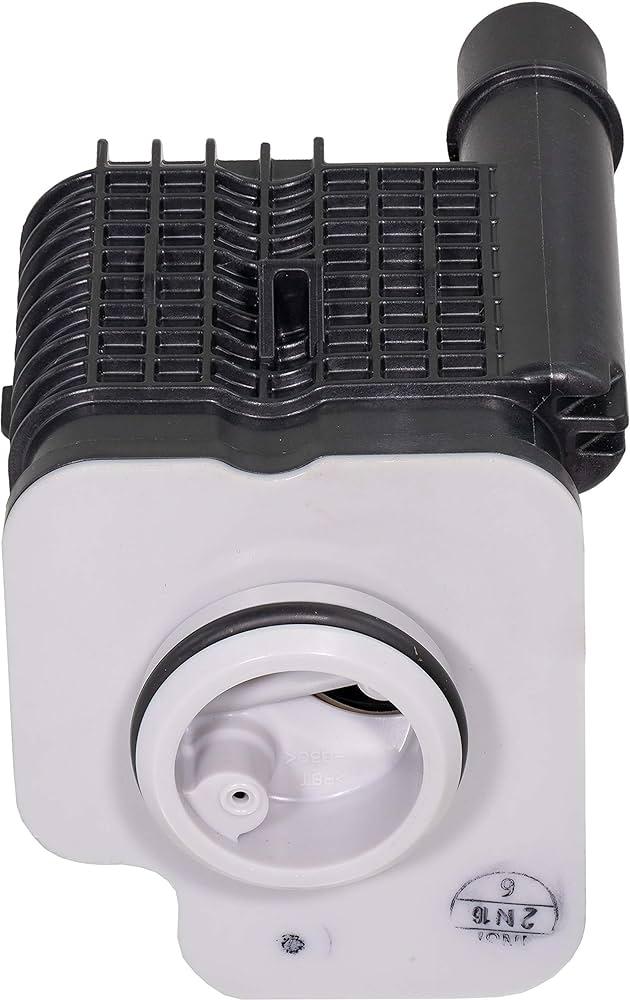Table of Contents
- Importance of Routine Canister Inspections for Leak Prevention
- Key Indicators to Watch During Canister Assessments
- Advanced Tools and Techniques for Effective Leak Detection
- Best Practices for Scheduling and Documenting Canister Inspections
- To Conclude
Importance of Routine Canister Inspections for Leak Prevention
Routine inspections of canisters play a crucial role in early detection of potential leaks, safeguarding both equipment integrity and environmental safety. Through systematic checks, companies can identify wear and tear, corrosion, or seal deterioration before these issues escalate into costly and hazardous leaks. This proactive approach not only enhances operational efficiency but also aligns with regulatory compliance standards, reducing the risk of fines and shutdowns.
Key benefits of regular inspections include:
- Extended lifespan of canisters by addressing minor defects promptly
- Minimized environmental impact by preventing harmful substance releases
- Improved workplace safety for personnel handling or working near the canisters
- Cost savings through avoided emergency repairs and downtime
Key Indicators to Watch During Canister Assessments
During routine canister evaluations, several critical markers serve as early warnings for potential failures. Inspectors must give special attention to the integrity of seals and valves, as even minute cracks or wear can lead to hazardous leaks. Pressure gauge readings are an indispensable indicator, revealing abnormal spikes or dips that suggest internal malfunctions or blockages. Visual checks for corrosion, discoloration, and surface damage further complement these metrics, providing a comprehensive view of the canister’s health.
Additionally, monitoring the canister’s temperature stability and any unusual odors emanating from the container can expose hidden issues before they escalate. Key factors to consider include:
- Seal condition: Look for brittleness, deformation, or residue buildup.
- Valve responsiveness: Ensure smooth operation without sticking or resistance.
- Pressure consistency: Assess if readings remain within safe operational limits.
- Surface integrity: Detect rust, dents, or cracks that compromise strength.
Prioritizing these indicators during inspections significantly mitigates risk, enhancing safety and operational reliability.
Advanced Tools and Techniques for Effective Leak Detection
In the quest to enhance leak detection accuracy, emerging technologies have significantly transformed traditional approaches. Thermal imaging cameras, for instance, enable inspectors to identify subtle temperature variations that signal potential leaks within canisters, even in hard-to-reach areas. Similarly, ultrasonic detectors capture high-frequency sounds emitted by gas escaping through tiny fissures, allowing for pinpoint diagnosis without invasive procedures. These tools, combined with digital data logging systems, provide real-time analysis and historical tracking, thus enabling maintenance teams to anticipate failures before they escalate.
Alongside the adoption of sophisticated hardware, refined techniques like tracer gas leak testing and mass spectrometry have become industry standards for ensuring airtight seals. Professional inspectors often employ helium or hydrogen as tracer gases due to their inert and detectable nature, enhancing the reliability of test results. Additionally, automated robotic crawlers equipped with multiple sensor arrays are gaining popularity for inspecting large canister surfaces systematically and safely. This blend of innovative technologies and evolved methodologies ensures comprehensive monitoring, ultimately reducing operational risks and protecting environmental safety.
- Thermal Imaging Cameras: Detect temperature anomalies indicating leaks.
- Ultrasonic Detectors: Identify high-frequency leak sounds invisible to the naked eye.
- Tracer Gas Testing: Use of helium or hydrogen for precise leak localization.
- Mass Spectrometry: In-depth analysis of gas compositions around suspected leaks.
- Robotic Inspection Devices: Autonomous systems for efficient, large-area scans.
Best Practices for Scheduling and Documenting Canister Inspections
To maintain the integrity and safety of canisters, it is crucial to adhere to a meticulous scheduling routine. Establishing a consistent inspection timeline, tailored to the specific usage conditions and manufacturer recommendations, helps in early detection of potential issues before they escalate. Utilizing digital calendars integrated with reminder systems ensures inspections are never missed, reinforcing accountability and operational discipline. This preventative approach not only extends the life of the canisters but also minimizes unexpected downtime and costly repairs.
Accurate documentation during each inspection is equally vital. Best practices include the use of standardized checklists that cover all critical elements such as valve functionality, seal conditions, and structural integrity. Employing clear and concise notation, supported by high-resolution photographs, creates an irrefutable record of the canister’s status at each checkpoint. The following tools enhance documentation efficiency and reliability:
- Mobile inspection apps with cloud storage for real-time data sharing.
- Barcode or RFID tracking to link inspection reports directly to specific canisters.
- Automated report generation that flags overdue inspections and summarizes historical trends.
To Conclude
In conclusion, regular inspections of canisters are a critical measure to ensure safety, prevent leaks, and avoid potentially hazardous situations. By adhering to scheduled maintenance and thorough examinations, industries and consumers alike can mitigate risks associated with compromised canister integrity. As awareness grows around the importance of proactive inspection protocols, stakeholders are encouraged to prioritize these practices to safeguard both the environment and public health.Check Our Other Blogs
- StunGun – Your Trusted Source for Stun Guns, Laws, and Self-Defense Tips
- PepperSprayLaws – Your Trusted Resource for Pepper Spray Information
- StunGunLaws – Your Trusted Guide to Stun Gun Legality and Safety




